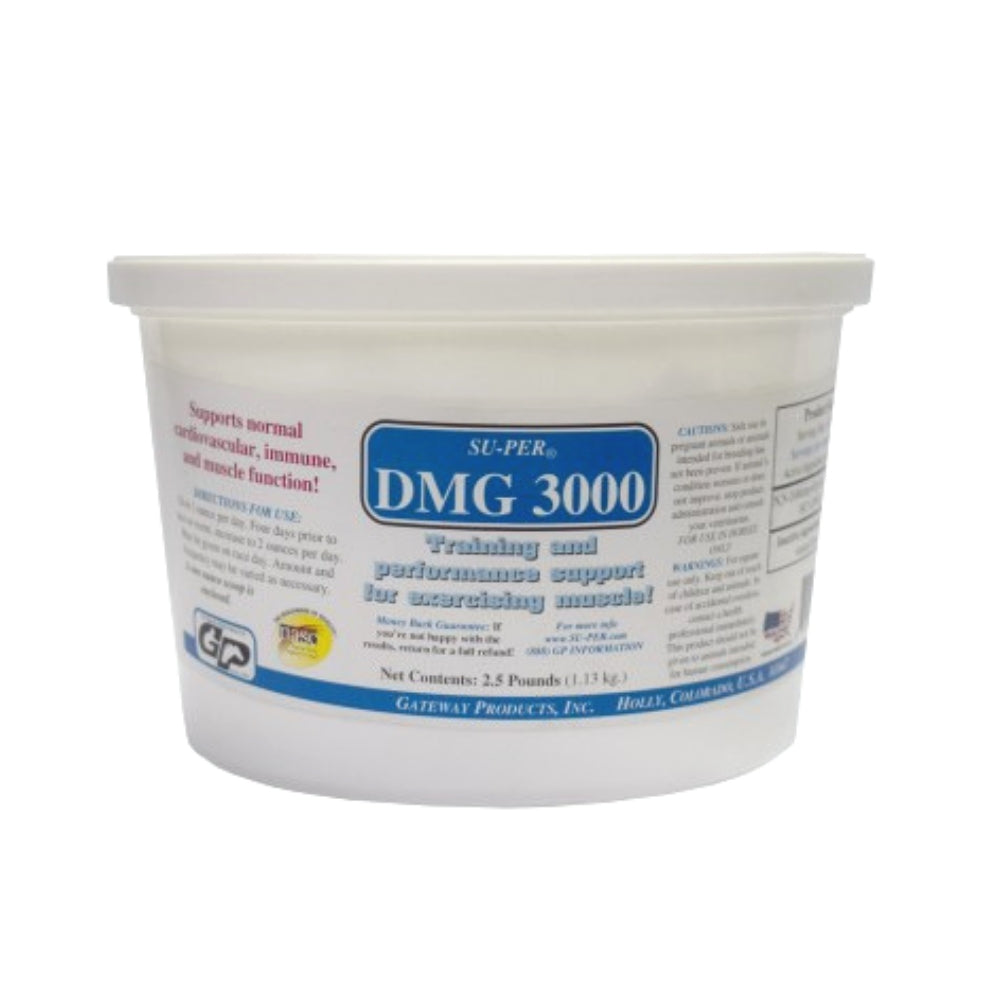

The next challenge was fitting the LCD and controller board to fin in the case. You can see the connector on the left side of the image belowĪfter this was completed, the screen and Pi were plugged into a 5V USB input and tested. The Black wire (ground) is soldered from the LCD Controller board as well and then wired to the male composite connector. The Yellow wire from the LCD Controller is soldered into the Composite input. The Pi composite input could have been de-soldered, but I chose this approach to allow it to be unplugged from the Pi if needed. For this, I took a composite wire I had and stripped off the connector to create a smaller connector that would fit into the Pi’s female composite port. The next step was to hook a composite input to the screen PCB board. I finally got it to work by removing the power converter chip as well as soldering a jumper between the + power in and the capacitor on the top right as seen below: I found a board in the thread above that matched my board, but I still had some difficulties getting the board to run off of 5 volts. The problem with these screens is that there seem to be several versions of the PCB controller boards which require different approaches.įor my particular setup, the board came with the 4 wires (yellow, white, black and red) all soldered onto the PCB.
SUPER DMG HOW TO
Luckily, there is a great thread here: which details how to modify the PCB for the screen to run at 5V instead of 12. The USB battery pack is rated at 5V, 1000mAH so the goal was go modify the screen to allow it to run at 5V. The screen runs off 12V out of the box which wouldn’t work with the USB battery pack. LESSON LEARNED – given that, I probably should have de-soldered the Network and USB ports to slim up the Pi which would have allowed for more room to work with. This would use additional power which means more drain on the battery so those were left out. I had initially cut a slot on the left thinking I would add a wireless keyboard or network dongle which can still be added. I had to cut back the Cartridge slot as well in order to allow the GPIO pins to fit.


In the picture above, the battery compartment is on the left and the cartridge slot is on the right. Doing so, the Pi sits flush with the back of the DMG case: Using a Dremel, I cut out a most of the battery compartment as well as some posts that on the case for the LCD that would no longer be needed.

The width of the Pi fits snug down the center of the case, but in order for it to fit, some modifications had to be done to the case itself. I found that the Pi sits almost perfectly on the back case of the Gameboy. The first thing that had to be done was to see if the Pi would even fit into the case. Broken Gameboy DMG (please don’t sacrifice a perfectly good working one).It’s my attempt to pass on what I’ve learned as well as taking you through the various steps I took to make it a reality.
SUPER DMG SOFTWARE
Everything I needed was there, it was a matter of getting things together and working out the hardware as well as software side of things. The great thing about the Pi is that it has several ways to connect I/O for video, audio, network, USB as well as a direct I/O set of pins called the GPIO pins.Īfter doing some research, I came to the conclusion that this project might actually be conceivable. The Raspberry Pi is a small ARM based computer that fits in the palm of a normal adult hand. At that moment, like a Reese’s Peanut Butter cup, it dawned on me – could the Raspberry Pi be used with a Gameboy? I had bought a Raspberry Pi a while back and really didn’t know what I wanted to do with it. The Gameboy Light is the Gameboy Pocket with an Indiglo light and was only released overseas in Japan. It’s a system I have always wanted but could never allow myself to buy since they are pretty expensive on eBay. I had also recently started looking on eBay for the elusive Gameboy Light. Taking a gamble, I purchased it and took it home to find that it had severe damage caused by a battery that exploded and leaked all over the mainboard. I had recently bought an original Gameboy DMG from Good Will for a whopping $5.00, condition unknown.


 0 kommentar(er)
0 kommentar(er)
